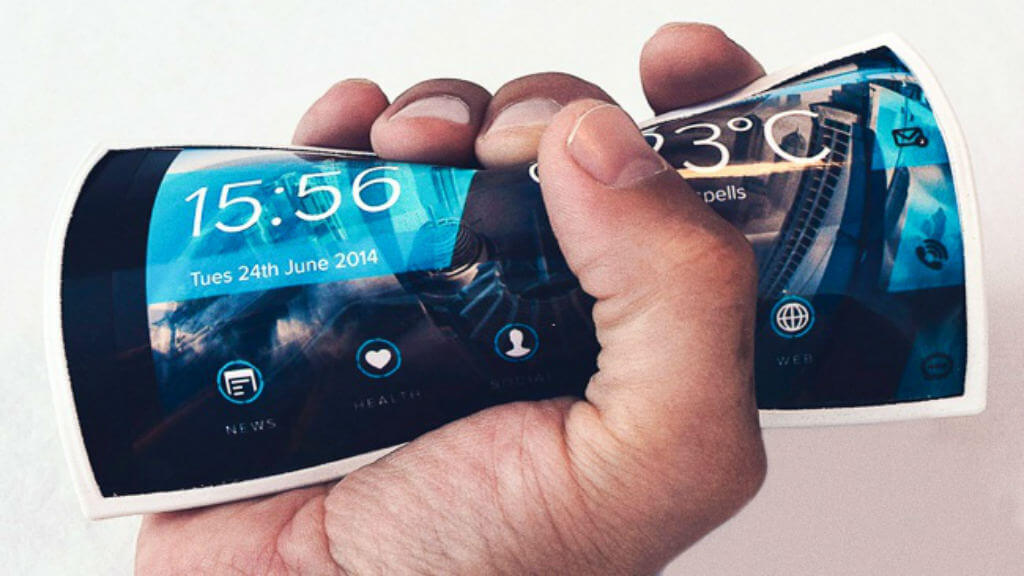- Get link
- X
- Other Apps

Making a flexible display is not an easy task. Many developers are trying to solve it in different ways, trying to create a soft but durable base of the screen that would allow bending and twisting without damage to its structure. One of the variants of the basis of such a display is fabric, but even here there are certain problems. Firstly, the roughness of the material, and secondly, such screens bent badly, and soon came into disrepair. Experts from the Korean Institute of Advanced Technologies KAIST were able to solve these problems by developing displays on organic diodes woven into clothing.
At first, scientists tried to fabricate displays on fabric using a thin polymer layer compatible with diodes, but then they came to the conclusion that it is best to cover the fabric with diodes in a different way. For this purpose, a special immersion method was later applied, which allowed to place polymer LEDs evenly over the entire surface of the fabric. So they managed to get bright displays on fabrics of various densities, including thin ones.
“The screens integrated into the fabric of our everyday clothes are no longer the technology of the future, and the fabric capable of displaying information is of great importance for the textile industry, so we want to create the most effective and bright fabric displays,” KAIST Kyung Cheol Choi.
But even if the textile displays themselves are created, scientists still have many tasks to solve. Any clothes should be washed periodically, so you need to make the screens resistant to water and aggressive media. In addition, there is a problem with the power supply.
The article is based on materials .
- Get link
- X
- Other Apps
Comments
Post a Comment